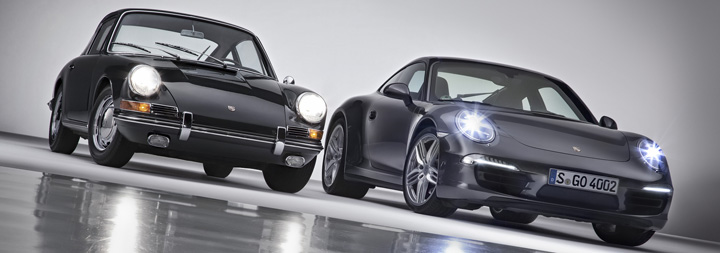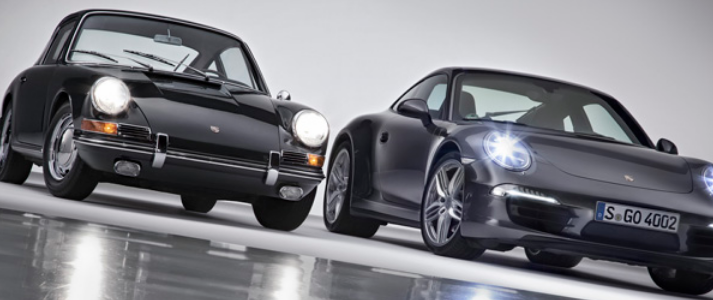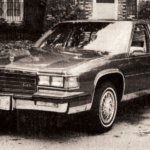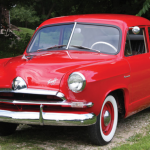
The word iconic gets thrown around fairly freely for a lot of things that are merely successful, but if there’s an automobile that truly deserves that adjective, it’s probably the Porsche 911. Going on 50 years now—the public debut of the prototype was at the September 1963 Frankfurt auto show—the shape of the 911 has stayed true to its original theme, while the sports car’s performance has risen to ever-greater heights. It is an icon in the strict dictionary sense of something whose form suggests its meaning.
Starting with a prospective late-’50s design from Albrecht Goertz, young F. A. “Butzi” Porsche transformed it into the low, taut fastback coupe (with vestigial rear seats) that became the unmistakable 911 shape. Specific dimensions may have changed over the years, but the cant of any 911’s roof, the shape of its side windows, and the slope of its nose between prominent headlights have created an enduring symbol of the automaker from Stuttgart.
All this is true despite the fact that the rear-engine car was redone for 2012 on just its third platform. Production got underway in 1964. The initial coupe body was joined in 1967 by a Targa model with a lift-off roof panel (in the lineup through 2012) and by a true convertible beginning in 1983. One of the most startling—possibly iconoclastic—changes arrived in 1998 for the model-year ’99 cars: a switch from air-cooled to water-cooled powerplants. Turbocharging, various aerodynamic aids, and all-wheel drive are all among the approaches that have been tried on the 911 over the years as it has plied the world’s roads and racetracks.
One way to measure how far the 911 has come in a half century is to look at where it started. In 1964, it had an 87-inch wheelbase and was 163.9 inches long, 63.4 inches wide, and 52 inches high. The current model has a 96.5-inch span and is almost 13 inches longer, 7.8 inches wider, and fractionally lower.
The horizontally opposed DOHC 6-cylinder engine displaced 2.0 liters at its introduction, made 128 bhp at 6100 rpm, and was driven through a 5-speed manual gearbox. Top speed was 130 mph. Today’s 911 engines, of 3.4 or 3.8 liters, make 350 and 400 bhp, respectively (with 430 optionally available). A 7-speed manual or 7-speed dual-clutch automated manual harness the power, and help attain a 185-mph top speed.
Initial suspension setups were front wishbones with MacPherson struts and longitudinal torsion bars in front; semitrailing arms and transverse torsion bars in back. Brakes were 4-wheel discs and drive was through the rear wheels only. The front struts have remained, but now they’re accompanied by antiroll bars, while a multilink suspension with antiroll bars tends to the rear. Depending on the model, drive is either through the rear wheels or all four wheels. Ventilated antilock binders at all four corners haul down the speedy 911.
There’s one other interesting way to size up an icon. Having bowed in the U.S. at approximately $5,500, the starting prices of 2013 Porsche 911s run from $82,100 to $117,530.



